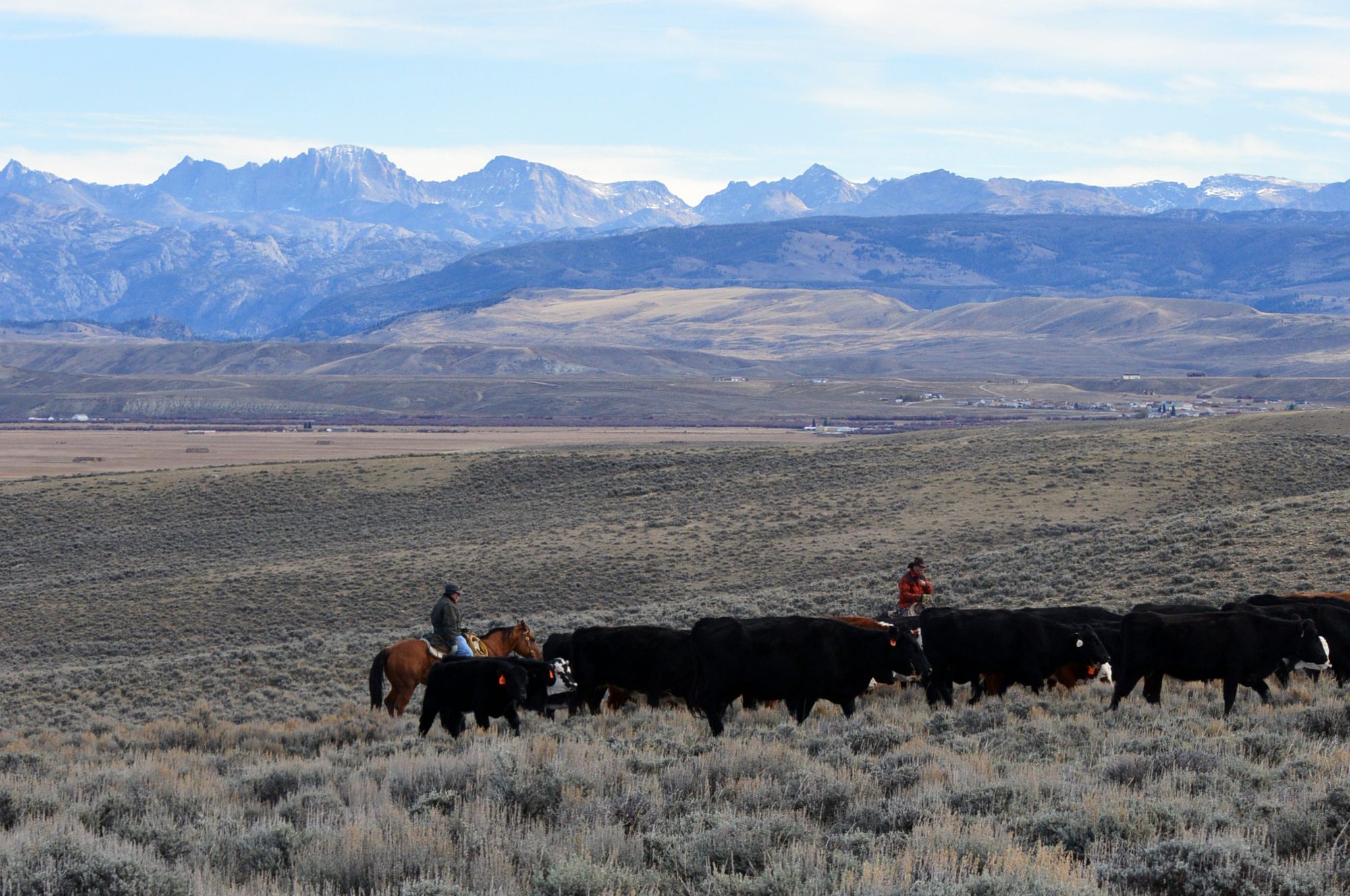- Severe cuts: Some Upper Basin areas lost up to 90% of water supplies in dry years.
- Unpaid sacrifices: Farmers, ranchers, and tribes face mandatory reductions with no compensation.
- Ripple effects: Water shortages impact jobs, economies, and entire communities.
- Changing landscape: Some farmers switch crops, sell herds, or shut down operations altogether.
February 21, 2025 — With its slogan, “Living With the River We Have,” the Upper Colorado River Commission has documented the real life struggles of people and organizations faced with water shortages. The UCR Commission’s findings about hydrological shortages were released on February 18.
has documented the real life struggles of people and organizations faced with water shortages. The UCR Commission’s findings about hydrological shortages were released on February 18.
A Crisis Happening Right Now.
The Colorado River has always been the lifeblood of the West, supporting farms, cities, and entire communities. But with declining snowpack and rising temperatures, less water is available each year. For water users in Colorado, New Mexico, Utah, and Wyoming—collectively known as the Upper Basin states—this isn’t a future problem. It’s happening right now.
The challenge? The Upper Basin experiences hydrologic shortages every year—reductions in water supply due to natural conditions. These shortages are not optional; they are mandatory, dictated by state water laws, and no one gets paid for the water they lose. The UCR Commission reports that in 2021, the Upper Basin saw a reduction of one million acre-feet (MAF) compared to the previous year. Some regions saw their water supplies drop by as much as 90%.
reports that in 2021, the Upper Basin saw a reduction of one million acre-feet (MAF) compared to the previous year. Some regions saw their water supplies drop by as much as 90%.
Water managers must make impossible decisions about who gets water and who does not. And for farmers, ranchers, and tribal communities, the impact is devastating. The UCR Commission documented numerous stories about challenges faced by water users in the Upper Colorado River Basin states titled “Upper Basin Hydrologic Shortage Stories .” Here are some snippets (the full report is here
.” Here are some snippets (the full report is here ):
):
Colorado: Hard Choices for Ranchers.
For Hannah Cranon-Kersting in Gunnison, Colorado, water shortages have forced her family to make heartbreaking decisions about their cattle ranch. “What worked for my grandpa and dad doesn’t work anymore,” she says. With less water, there’s less hay to feed their Charolais herd. That means deciding, year after year, whether to sell off half the cattle they’ve spent decades raising.
In the Dolores Water Conservancy District, manager Ken Curtis has the difficult job of telling farmers that no water will be available. “Being the messenger is unpleasant,” he admits. In 2021, the district was unable to release any water at all. Farmers, already in crisis, struggled to pay bills and keep their operations afloat.
New Mexico: Desperate Measures.
For those relying on New Mexico’s San Juan-Chama Project, recent years have brought a 35% reduction in water deliveries. This forced cities, pueblos, and farmers to tap into alternative water sources—draining local groundwater that will be difficult to replace.
In the La Plata River Valley, the situation is even worse. Some years, water users face an 80% shortage, forcing ranchers to sell off cattle and haul in water from miles away—an expensive and unsustainable solution.
Meanwhile, the Navajo Agricultural Products Industry (NAPI), which normally uses 25,000 acre-feet of water annually, has been forced to adapt to ongoing shortages. Even with water storage in Navajo Reservoir, they still saw a 20% shortfall in 2016.
Utah: Uncertain Futures
Water shortages in eastern Utah have thrown agriculture into uncertainty. The Carbon Canal, a crucial irrigation source, normally supplies 90 days of water each year. In 2021, it dried up after just three days. “We don’t know from one year to the next,” says Carbon Canal president Kevin Cotner. Farmers struggle to decide which crops to plant—if they plant at all. In drought years, entire fields are left barren.
Some, like rancher Andy Rice in Boulder, Utah, are turning to technology to survive. He’s installed a modern irrigation system that has saved millions of gallons of water. “If hundreds of farms do this, we can fix it,” Rice believes.
Wyoming: Survival on the Edge
In Wyoming’s Upper Green River Valley, rancher Mike Vickrey has watched his hay production drop from 2,500 tons to just 1,600 tons or less in dry years. Timing is everything—when water runs out too early, entire crops fail.
For rancher Tim Redmon, who holds senior water rights from before 1922, that legal priority doesn’t matter when there’s no water left to claim. After a devastating 2018 drought, Redmon had to buy emergency hay from Idaho at $300 per ton—pushing his ranch to the brink. “Without water, there isn’t money to buy tractors or fertilizer,” he says. “The whole community suffers.”
No Easy Solutions.
The UCR Commission writes that with 125,000 water rights and 20,000 points of diversion across the Upper Basin, managing shortages is a complex balancing act. In dry years, cuts are unavoidable.
writes that with 125,000 water rights and 20,000 points of diversion across the Upper Basin, managing shortages is a complex balancing act. In dry years, cuts are unavoidable.
Hydrologic shortages aren’t just numbers on a spreadsheet—they represent livelihoods, traditions, and the future of entire communities. Farmers, ranchers, and tribal nations are adapting in every way they can, but with climate trends showing a hotter, drier future, the hardest choices may still be ahead.
For those who depend on the Colorado River, the challenge remains: How do you live with the river you have, not the river you want? Learn more and read the full report from the Upper Colorado River Commission .
.
~~~
Image:
Cattle drive near Pinedale, Wyoming , in the Upper Green River Valley. October 2014, by Theo Stein / USFWS. Licensed under the Creative Commons Attribution 2.0 Generic license.
, in the Upper Green River Valley. October 2014, by Theo Stein / USFWS. Licensed under the Creative Commons Attribution 2.0 Generic license.


Leave a Reply